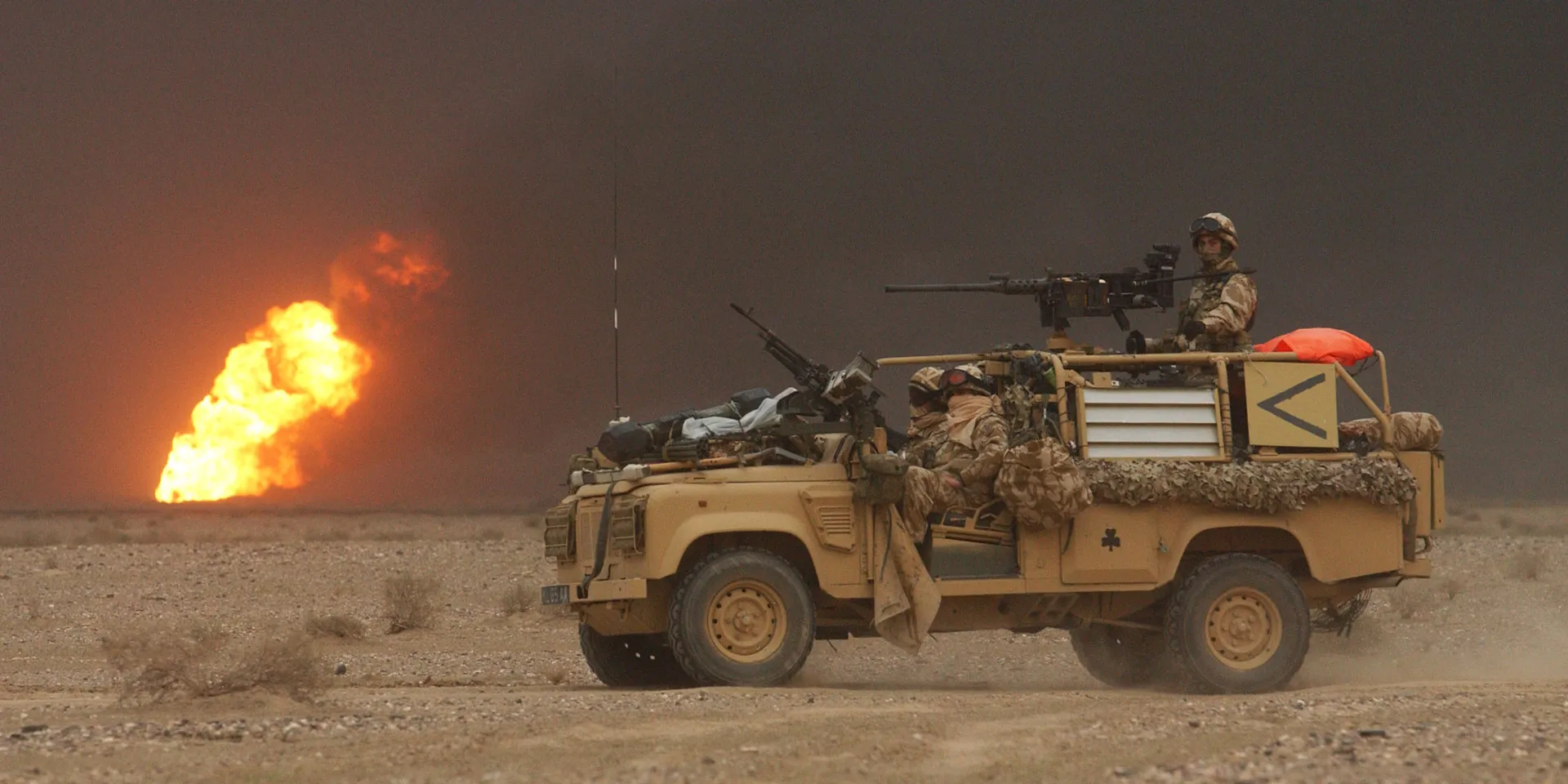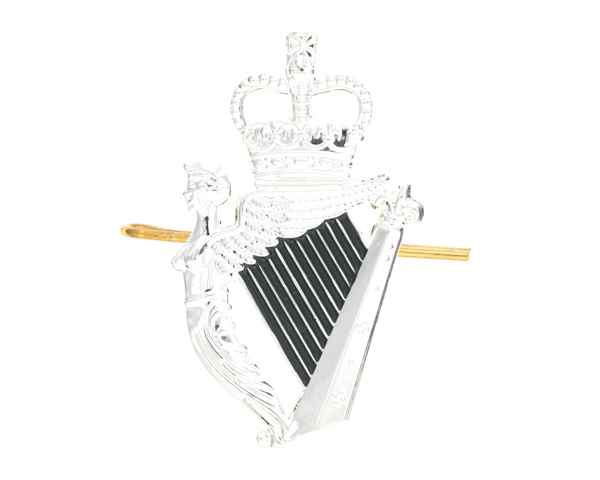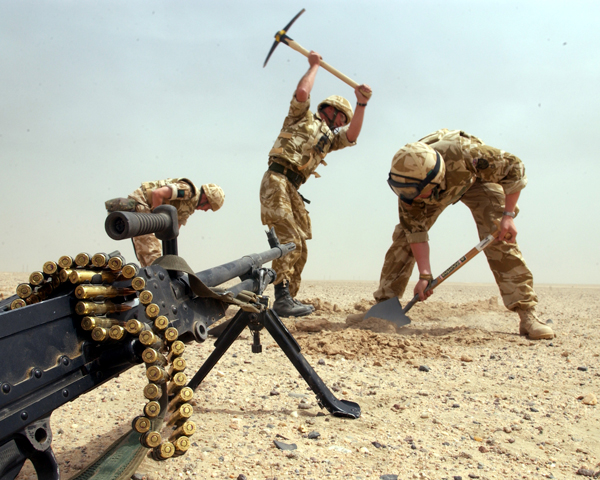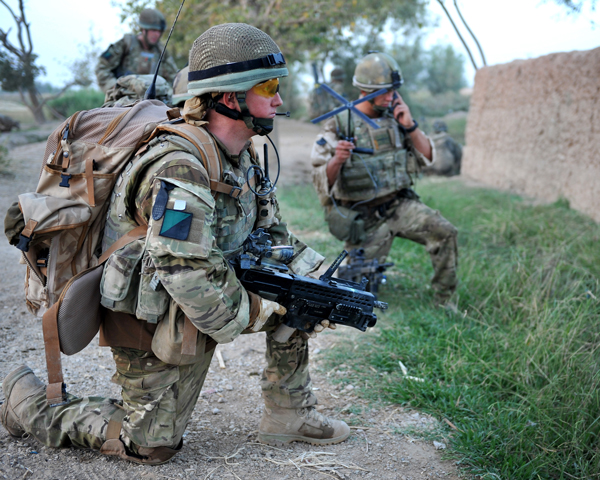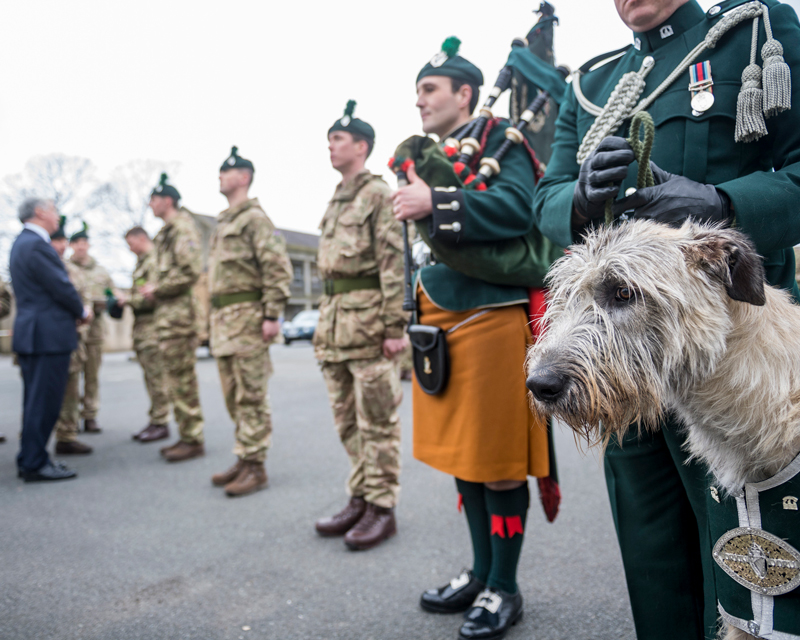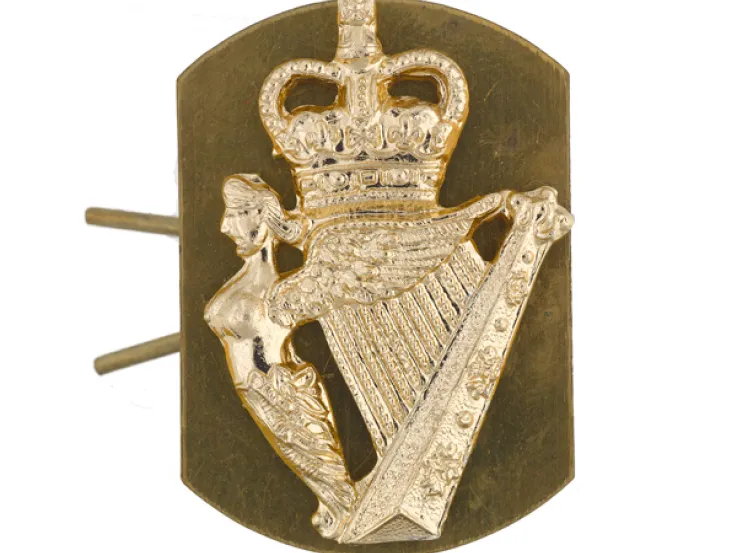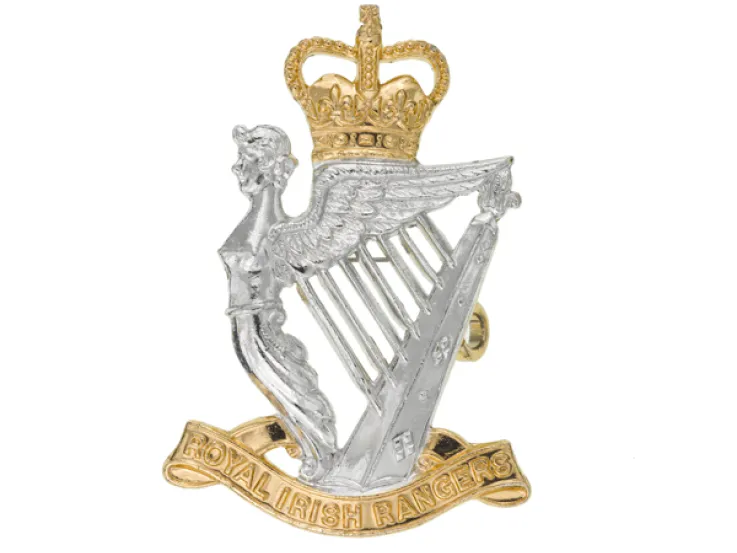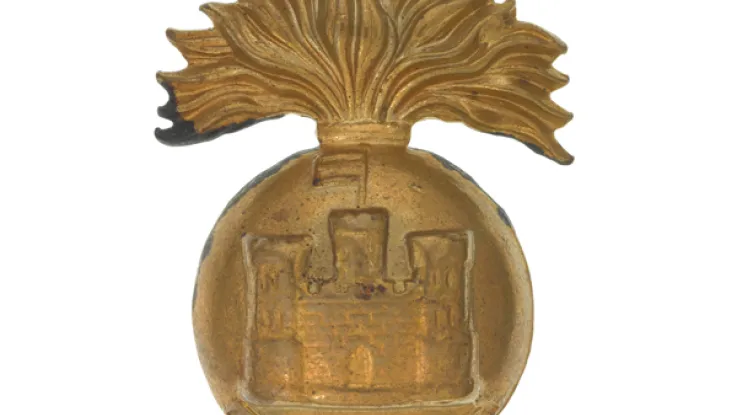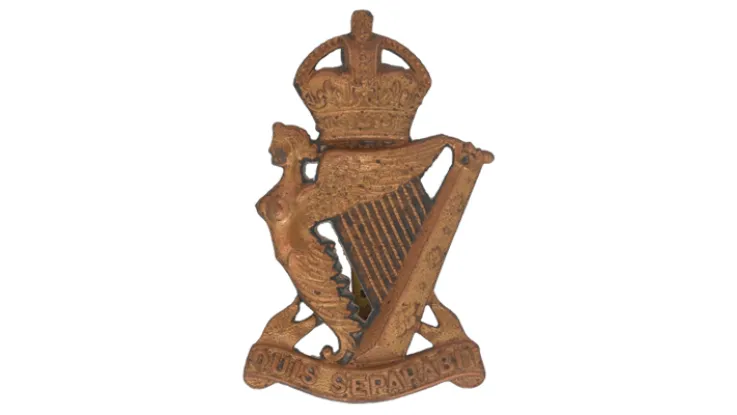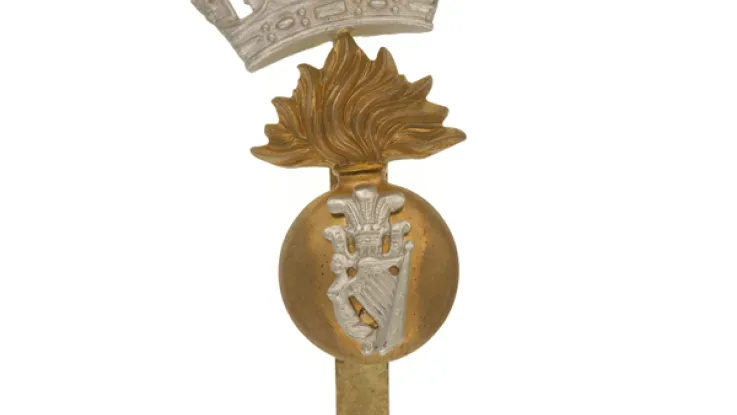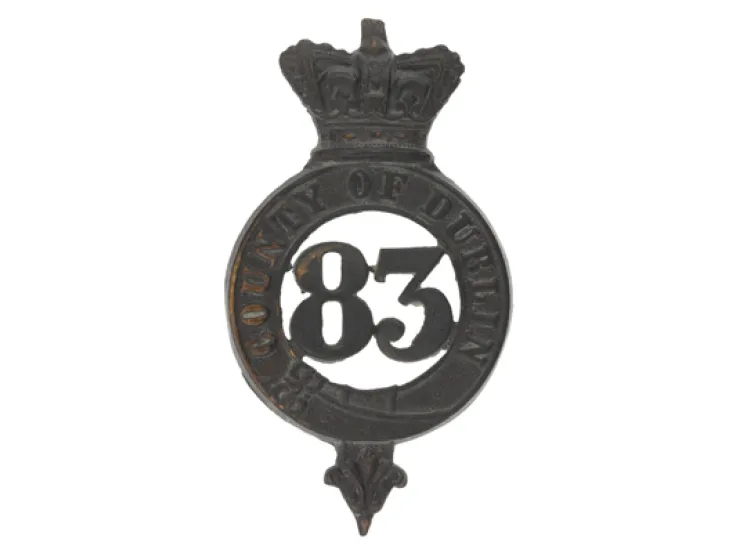Origins
This regiment was formed in 1992 by the amalgamation of the Royal Irish Rangers and the Ulster Defence Regiment (UDR). Despite its name, it has no connection with the Royal Irish Regiment that disbanded in 1922, following Irish independence.
Structure
Originally, the new regiment was composed of two regular battalions and two territorial battalions, all retained from the Royal Irish Rangers, plus seven home service battalions formed from members of the UDR.
In 1993, the two regular battalions were reduced to one. At the same time, the number of home service battalions fell to six, and then to three in 2001. When the Army’s deployment to Northern Ireland came to an end in 2007, the remaining home service battalions were disbanded along with one of the territorial battalions.
Today, the regiment consists of one regular battalion (1st Battalion) and one Army Reserve battalion (2nd Battalion). Both serve in a light infantry role.
Deployments
During the 1990s, the regiment deployed to Cyprus (1992), Bosnia (1997) and Kosovo (1999), as well as serving in England and Northern Ireland.
In 2000, several of its soldiers engaged in training local forces in Sierra Leone were captured by the West Side Boys militia. The hostages were later rescued by Special Forces.
1st Battalion served during the invasion of Iraq in 2003, returning there in 2006. That same year, part of the battalion also served in Afghanistan with 16 Air Assault Brigade.
The regiment deployed to Afghanistan again in 2008 and 2010-11, helping mentor local forces as well as fighting the Taleban.
In recent years, its soldiers have deployed on training exercises, peacekeeping and mentoring missions in several countries, including Germany (2015), Kenya (2018), Bulgaria and Romania (2022) and Mali (2022).
Regimental museums
The National Army Museum works with a network of Regimental and Corps Museums across the UK to help preserve and share the history and traditions of the Army and its soldiers.
Discover more about The Royal Irish Regiment by visiting the Inniskillings Museum at Enniskillen Castle, the Royal Irish Fusiliers Museum in Armagh and the Royal Ulster Rifles Museum in Belfast.

